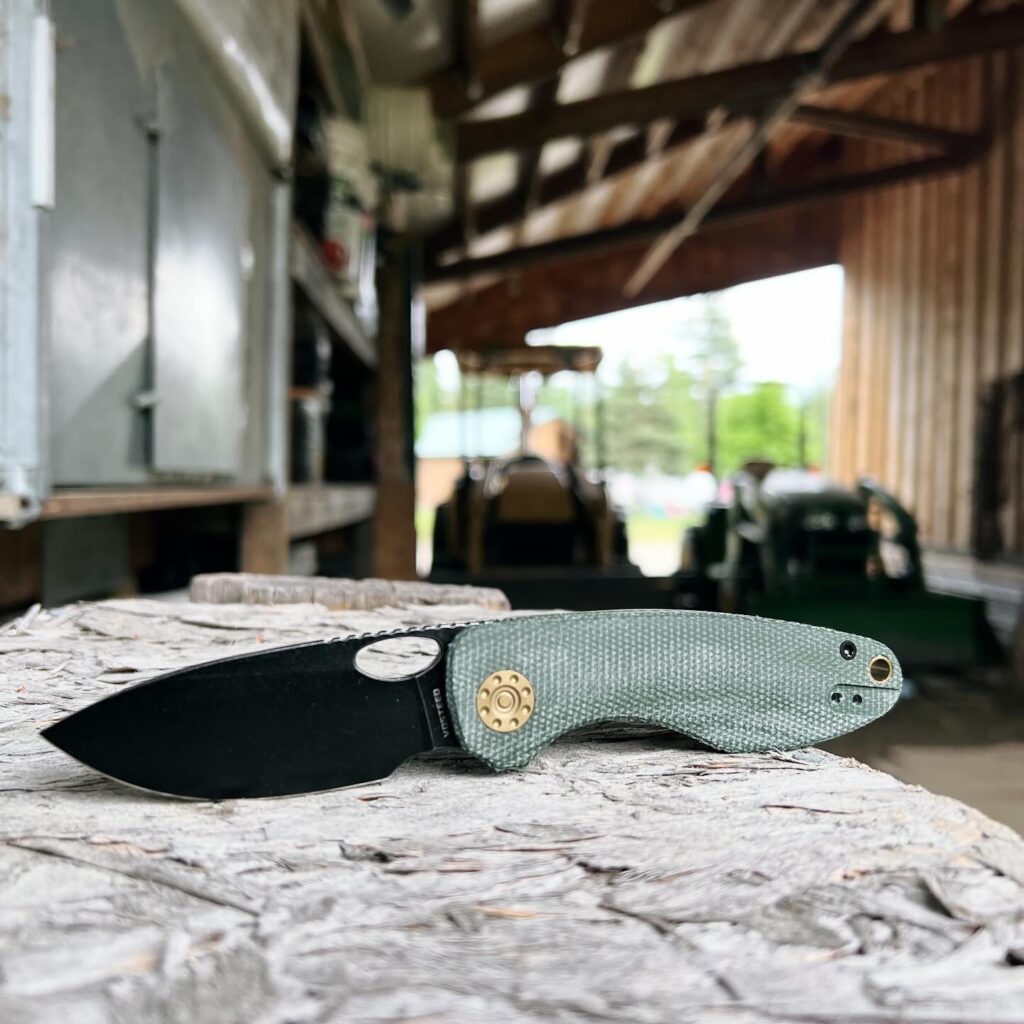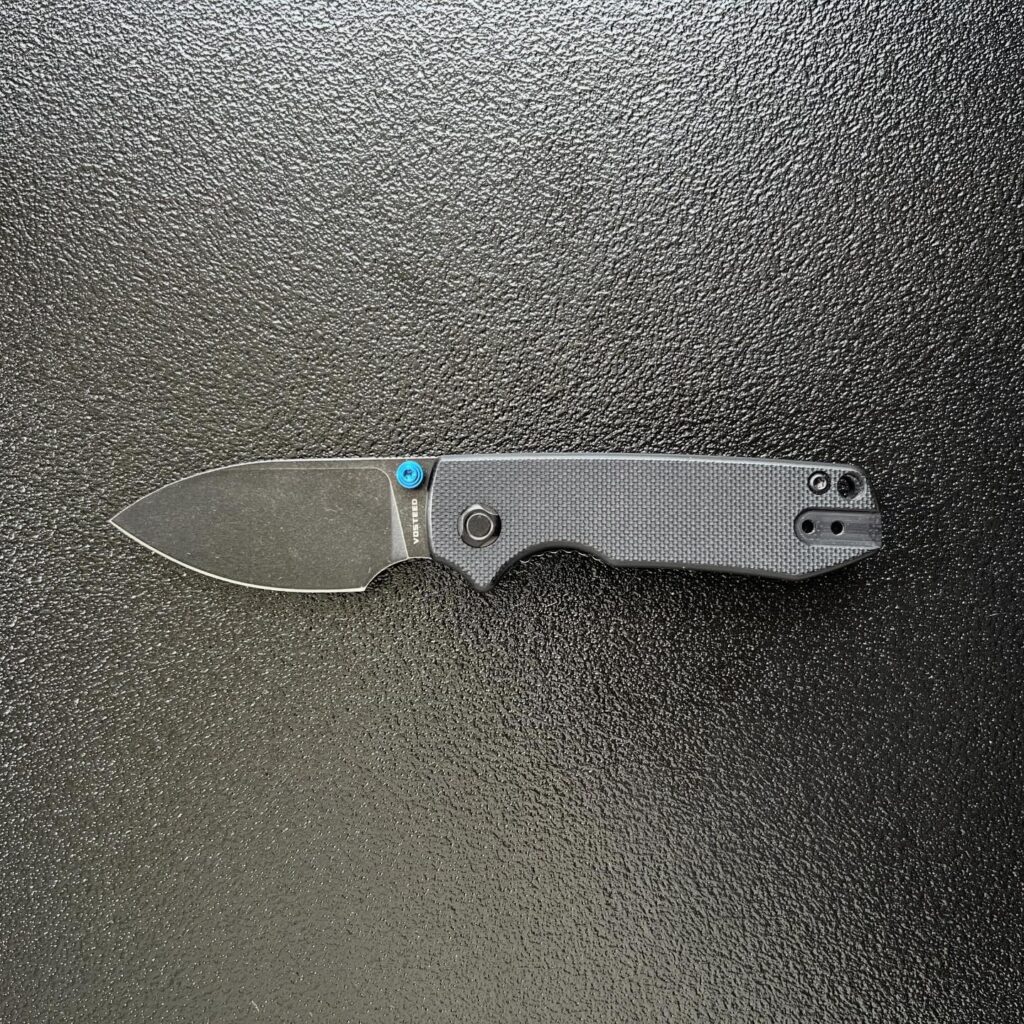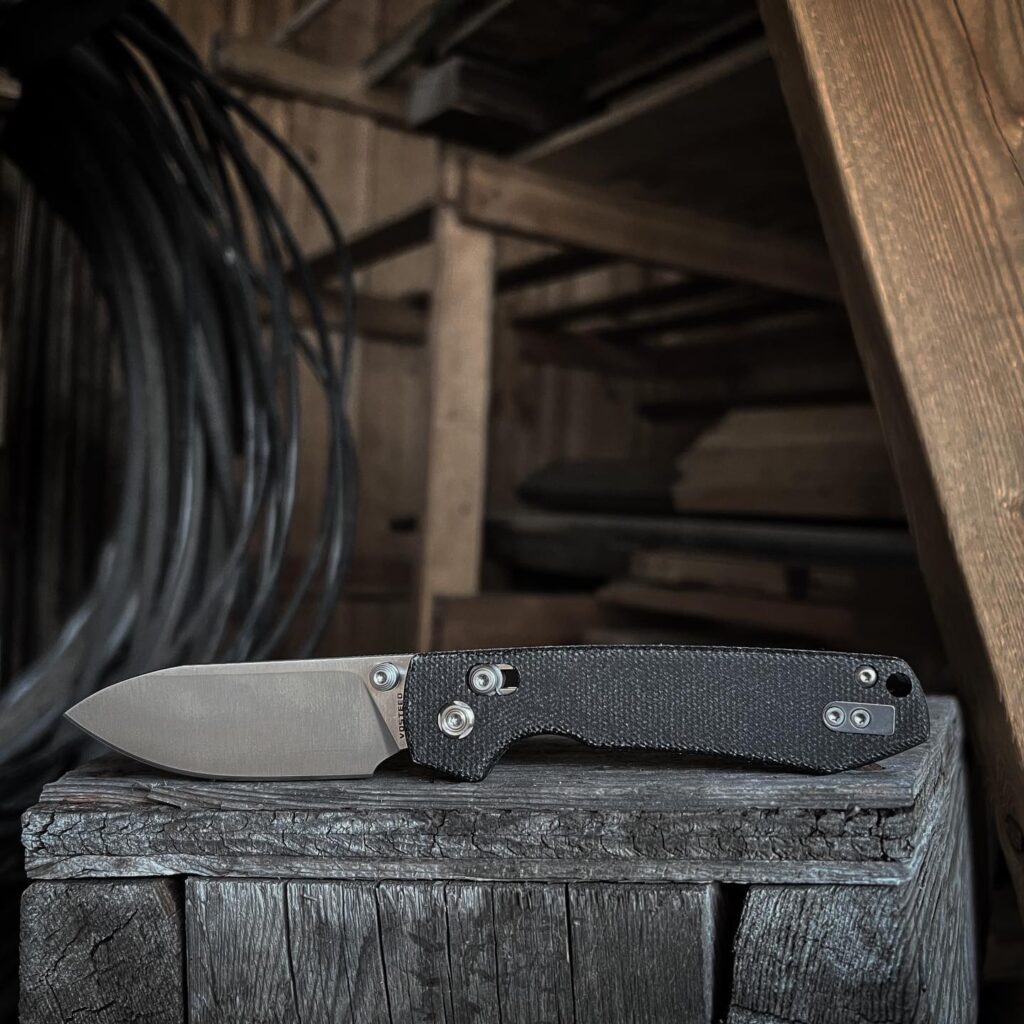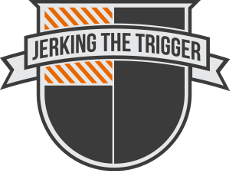You’ve probably noticed that I have reviewed a lot of Vosteed knives over the last couple of years. I have been provided several for review, purchased several, and I have given them as gifts. I like them. So, when Vosteed asked me if I would consider writing a gift guide, I agreed.
I am not being paid for this but some of the links below may be affiliate links which means I receive a small commission from sales (there is no additional cost to you).
I intend to break this down into categories and highlight one knife per category. That knife will be what I consider to be the pick of the litter in Vosteed’s line and in some cases, the best in category regardless of brand. I should also point out that all of these are knives that I have owned personally.

Budget Pick – Acorn
The Vosteed Acorn retails at $49 but is frequently on sale for less. What I like about it as the budget pick is that it large enough and has the style to make an impression as a gift. It is also VERY ergonomic so the gift receiver is likely to immediately connect with it.
This is the kind of knife that will resonate with knife guys or knife newbs equally. It’s easy to carry, it performs, and looks like a million bucks while doing it.
Click to learn more about the Vosteed Acorn.

Fifth Pocket Pick – Raccoon Cub
The Raccoon Cub could very well be the Budget Pick as well as it is priced similarly to the Acorn. Not only is it the best “Fifth Pocket” knife on the market in my opinion, it’s also one of the most affordable.
The Raccoon Cub works as a gift because almost anyone can carry it regardless of their jurisdiction or work setting. It’s a small knife that feels big in the hand. It fits a wide variety of hand sizes despite its compact size thanks to some ergonomic design wizardry.
Click to learn more about the Vosteed Raccoon Cub.

Fixed Blade Pick – Mink
Vosteed doesn’t have a ton of fixed-blade options but the Mink, is another that is best in class in my opinion. It is small enough to carry but large enough to be useful for a variety of tasks. If the gift recipient wants to carry it for EDC, they can. If they need a new knife for the outdoors, they can use it for that too.
The Mink comes with a very high quality sheath that will ensure the gift recipient can use it right away.
Click to learn more about the Vosteed Mink.

The Easiest Pick – Raccoon
The Raccoon, the full size predecessor the previously mentioned Raccoon Mini, is the kind of knife that anyone can use and everyone will like. This is probably their best known knife for good reason. It is Vosteed’s do-all, EDC model. It ticks all the boxes – pocket friendly, stylish, all-around useful, and tons of variations that can tailored to the recipient.
The Raccoon is available with a number of different locks but I would choose either the crossbar lock (Vosteed does these very well) or the top liner lock which is currently my favorite lock.
If you want to give a knife but aren’t sure which one, the Raccoon is a solid choice.
Click to learn more about the Vosteed Raccoon.

The Most Impressive Pick – Psyop
When you absolutely, positively need to wow someone with a high-end Vosteed… Psyop is the answer. This knife is stylish and premium in a way that newbs and knife guys will recognize immediately. It’s a large impressive knife that snaps open in a refined way and slams shut with a satisfying “thunk”.
It isn’t inexpensive but it is a great value for the kinds of premium features being delivered – titanium scales and machined pocket clip, Elmax steel blade with a striking and useful shape, a design collaboration, and overall size and shape that impresses. It has gravity as a gift that nothing else on this list can quite keep up with.
Click to learn more about the Vosteed Psyop.
Wrap Up
Vosteed is already offering sales on their website and Amazon including their Black Friday deals. This is a great time to start checking prices for Christmas gifts.


















